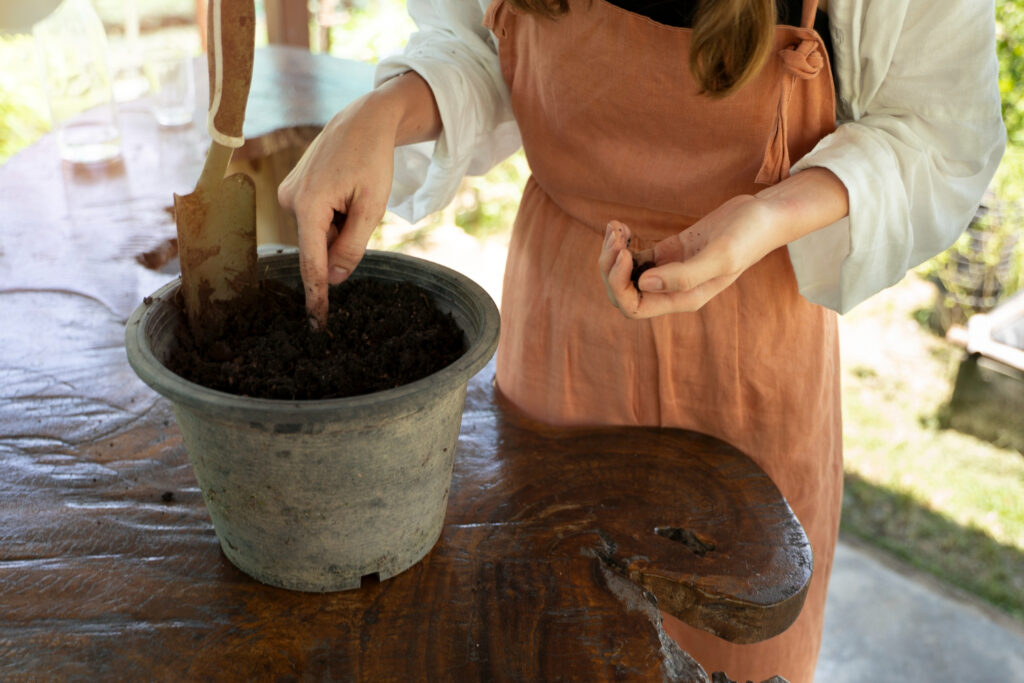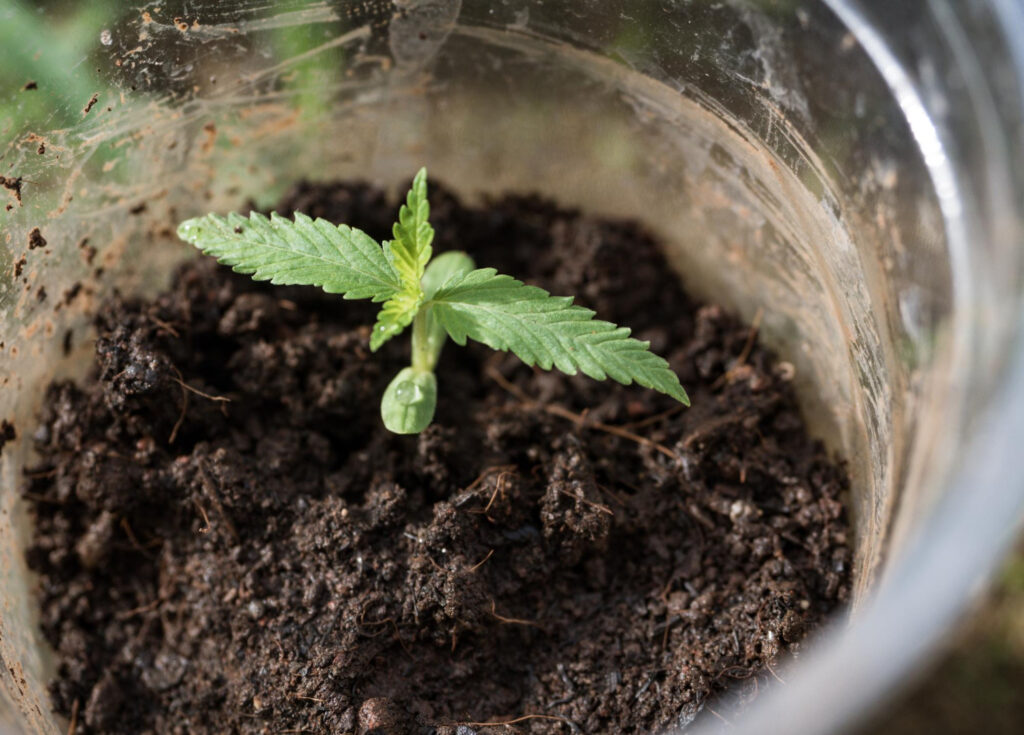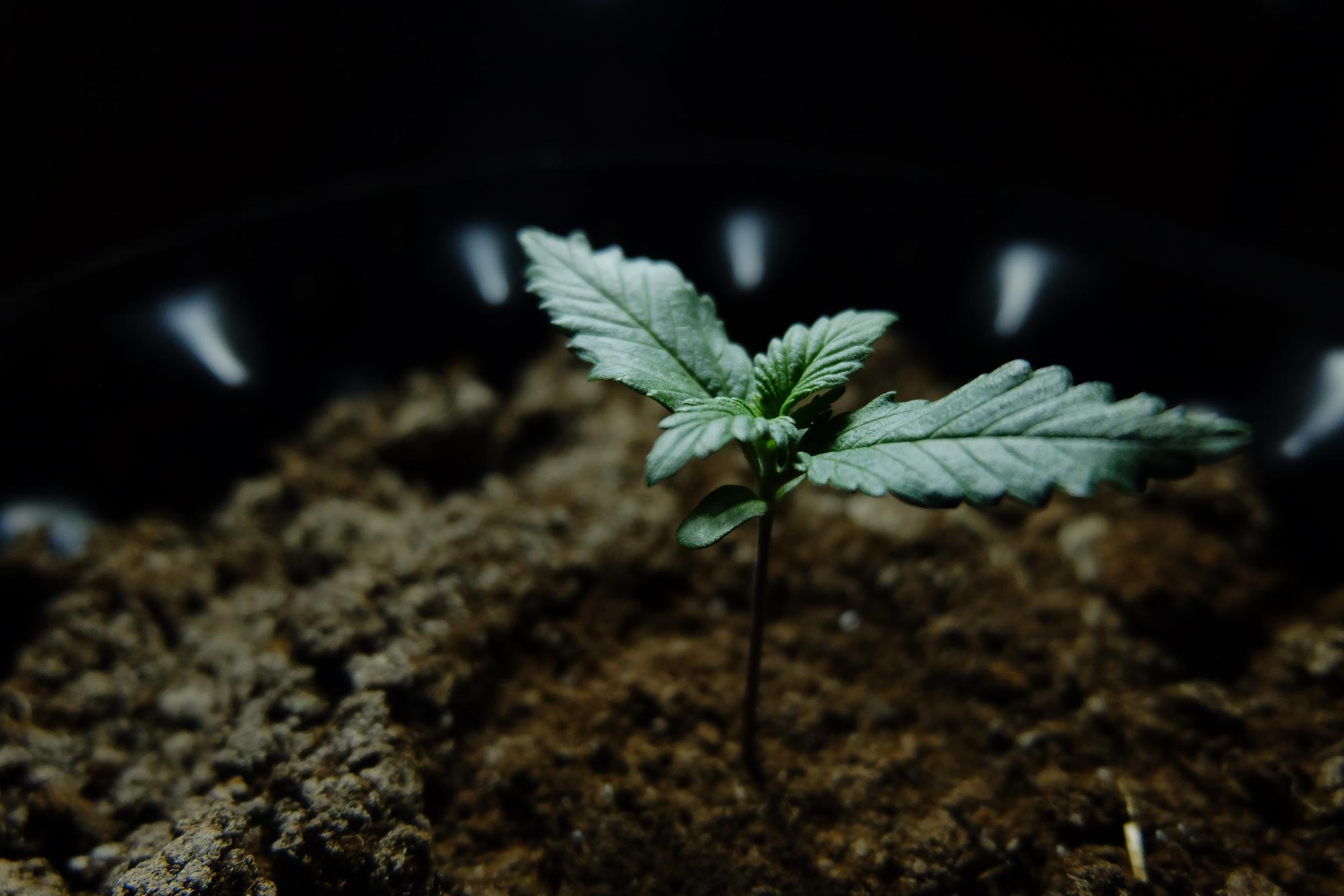Companion planting has become an essential method for organic cannabis growers in 2025, offering a natural way to boost plant health, improve yields, and reduce dependence on synthetic pest control. By strategically placing beneficial plants alongside cannabis, growers create an environment that supports nutrient cycling, deters harmful pests, and encourages beneficial insects, all while enhancing biodiversity. For organic cultivators in Australia, this approach aligns with growing consumer demand for clean, chemical-free cannabis and fits perfectly into sustainable farming practices. The principle behind companion planting is to foster a self-regulating ecosystem where each plant plays a role in promoting the overall health of the garden. This can range from plants that fix nitrogen in the soil to those that repel pests with their strong aromas, making the cannabis grow space more resilient and productive without compromising on quality.
Boosting Cannabis Growth with Nutrient Partners

Certain plants are natural nutrient enhancers and can greatly improve cannabis growth when cultivated nearby. Leguminous plants such as clover, alfalfa, and beans enrich the soil by fixing nitrogen from the air and storing it in their roots, making it available to cannabis during critical vegetative growth stages. Clover is particularly useful as it can also act as a living mulch, helping to retain soil moisture and suppress weeds that might otherwise compete for resources. Other companion plants like comfrey and borage act as dynamic accumulators, drawing essential minerals such as potassium, calcium, and magnesium from deep in the soil and depositing them on the surface as their leaves decompose. This natural nutrient recycling reduces the need for external fertilisers and helps create a richer, more balanced soil structure that supports healthy cannabis root systems and vigorous growth throughout the entire cultivation cycle.
Pest Control Through Natural Plant Defences
One of the greatest advantages of companion planting for cannabis is its role in natural pest management, using certain plants’ scents and chemical compounds to deter harmful insects. Aromatic herbs like basil, rosemary, lavender, and peppermint release strong fragrances that mask the scent of cannabis, making it more difficult for pests such as aphids, spider mites, and whiteflies to locate their target plants. Marigolds are also highly effective, as they secrete compounds that repel root-damaging nematodes and discourage other harmful bugs. Beyond repelling pests, some companion plants actively attract beneficial predatory insects that keep pest populations in check without chemical sprays. Plants such as dill, fennel, and yarrow draw ladybugs, lacewings, and parasitic wasps, which feed on common cannabis pests. This integrated pest management approach creates a balanced ecosystem, allowing cannabis plants to thrive without the risks and environmental impacts associated with synthetic pesticides.
Enhancing Pollination and Garden Biodiversity
While cannabis is wind-pollinated, the inclusion of a diverse mix of flowering plants in the garden can significantly improve biodiversity and create a healthier growing environment. Flowers like sunflowers, zinnias, and echinacea attract pollinators such as bees and butterflies, which, while not directly impacting cannabis pollination, enhance the overall vitality of the garden ecosystem. These blooms also act as trap crops, drawing certain pests away from cannabis and reducing potential damage. A diverse garden is also better equipped to handle environmental stresses, as different plant species contribute to stabilising soil, regulating temperature, and creating microhabitats for beneficial organisms. This biodiversity not only supports cannabis health indirectly but also fosters a more balanced and sustainable growing system, which is particularly valuable for organic cultivation in Australia’s varied climates.
Companion Planting Layouts for Cannabis Gardens
Planning the layout of a cannabis garden for companion planting success involves careful consideration of plant height, growth habits, and functional roles. Tall plants such as sunflowers should be placed strategically to avoid casting too much shade on cannabis, while low-growing species like clover can be planted directly around cannabis bases to help conserve moisture and protect soil. Aromatic herbs are best planted along the garden perimeter, forming a natural pest-repelling barrier, and flowering plants can be interspersed among cannabis rows to attract beneficial insects evenly throughout the plot. In Australia, aligning companion plant sowing with seasonal cycles is essential; for example, establishing pest-repelling herbs early in spring ensures they are mature and effective by the time cannabis seedlings are transplanted. This intentional design allows each plant to contribute to the overall health of the cannabis crop while maintaining visual balance and accessibility for maintenance and harvest.
A Sustainable Future for Organic Cannabis

In 2025, companion planting is recognised as a fundamental practice for sustainable cannabis cultivation, offering a low-cost, eco-friendly solution for enhancing plant health and yields. By leveraging natural relationships between plants, growers can reduce or eliminate the need for chemical fertilisers and pesticides, lower production costs, and appeal to an increasingly environmentally conscious market. This method promotes soil health, supports beneficial insects, and helps maintain a stable ecosystem in which cannabis can flourish year after year. For organic cannabis growers in Australia and beyond, adopting companion planting strategies is not just a matter of improving yields—it’s a commitment to working with nature rather than against it. With the right combination of plant species, thoughtful layout design, and seasonal timing, companion planting can transform a cannabis garden into a self-sustaining ecosystem that benefits the plants, the growers, and the planet as a whole.





